.png)
3D printing is revolutionizing the healthcare industry, offering innovative solutions that were once unimaginable. From personalized implants to custom prosthetics and beyond, this technology is paving the way for a new era in medical care.
The Rise of 3D Printing in Healthcare
3D printing, also known as additive manufacturing, involves creating three-dimensional objects layer by layer from a digital file. In healthcare, this technology has gained significant traction due to its ability to produce customized medical devices, implants, and even tissues. The ability to tailor these products to individual patients' needs is driving the adoption of 3D printing across various medical fields.
Personalized Implants and Prosthetics
One of the most significant advancements in 3D printing is the production of personalized implants and prosthetics. Traditional manufacturing methods often result in a one-size-fits-all approach, which may not be ideal for every patient. 3D printing, on the other hand, allows for the creation of implants and prosthetics that are customized to the exact measurements of the patient. This not only improves the fit and comfort but also enhances the overall functionality of the device.
For example, 3D-printed implants can be designed to match the patient's anatomy precisely, reducing the risk of complications and promoting faster recovery. Similarly, prosthetics can be tailored to the patient's specific needs, allowing for greater mobility and a more natural appearance.
Bioprinting: The Future of Organ Transplants
Bioprinting is an exciting frontier in 3D printing technology, with the potential to revolutionize organ transplants. This process involves printing layers of living cells to create tissues or even entire organs. While still in the experimental stage, bioprinting has the potential to address the shortage of donor organs and reduce the risk of organ rejection.
Researchers are already making significant strides in bioprinting. For instance, scientists have successfully printed blood vessels, skin, and even miniature versions of human organs. As this technology continues to advance, the possibility of printing fully functional organs for transplantation could become a reality, potentially saving countless lives.
.png)
Custom Surgical Instruments
3D printing is also being used to create custom surgical instruments. Surgeons can now design and print tools that are tailored to specific procedures, enhancing precision and reducing the risk of complications. These instruments can be made on-demand, allowing for greater flexibility and efficiency in the operating room.
In addition, 3D printing enables the production of complex instruments that would be difficult or impossible to manufacture using traditional methods. This opens up new possibilities for innovative surgical techniques and procedures.
The Role of 3D Printing in Medical Education
Beyond patient care, 3D printing is playing a crucial role in medical education. Medical students and professionals can use 3D-printed models to practice procedures and study complex anatomy. These models provide a hands-on learning experience that is far more effective than textbooks or computer simulations.
For example, surgeons can use 3D-printed replicas of a patient’s organs to plan and rehearse surgeries, leading to better outcomes. This application of 3D printing not only enhances medical training but also improves patient safety.
Overcoming Challenges and Looking Ahead
While 3D printing in healthcare offers immense potential, it is not without challenges. The high cost of equipment and materials, regulatory hurdles, and the need for specialized expertise are some of the barriers that need to be addressed. However, as the technology continues to evolve, these challenges are likely to diminish.
The future of 3D printing in healthcare looks promising. As advancements continue, we can expect to see more personalized and efficient treatments, improved patient outcomes, and a significant reduction in healthcare costs. The potential for bioprinting and other innovations could lead to breakthroughs that were once the stuff of science fiction.
3D printing is undeniably transforming the healthcare industry. From personalized implants and prosthetics to bioprinting and custom surgical instruments, this technology is offering new possibilities for patient care. As we look to the future, the continued development of 3D printing holds the promise of even greater advancements, ushering in a new era of personalized and efficient healthcare solutions.

.png)


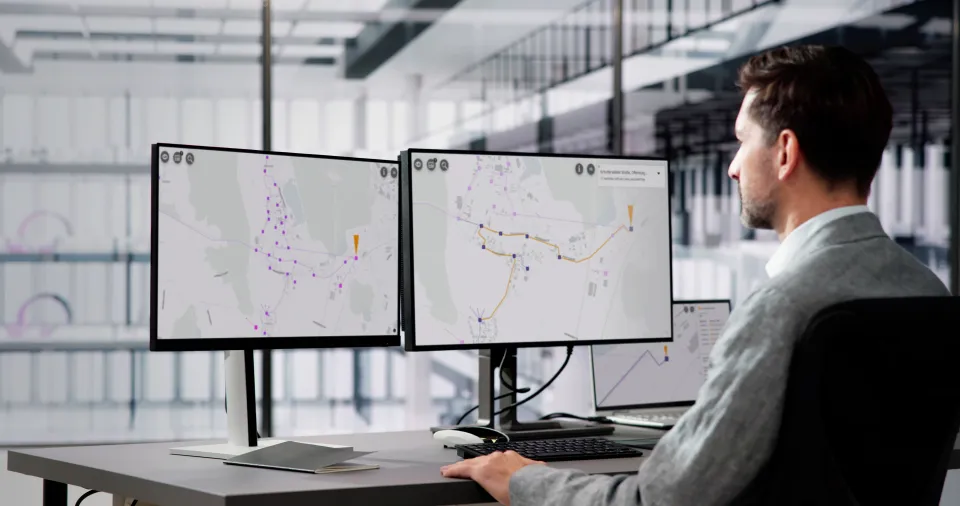
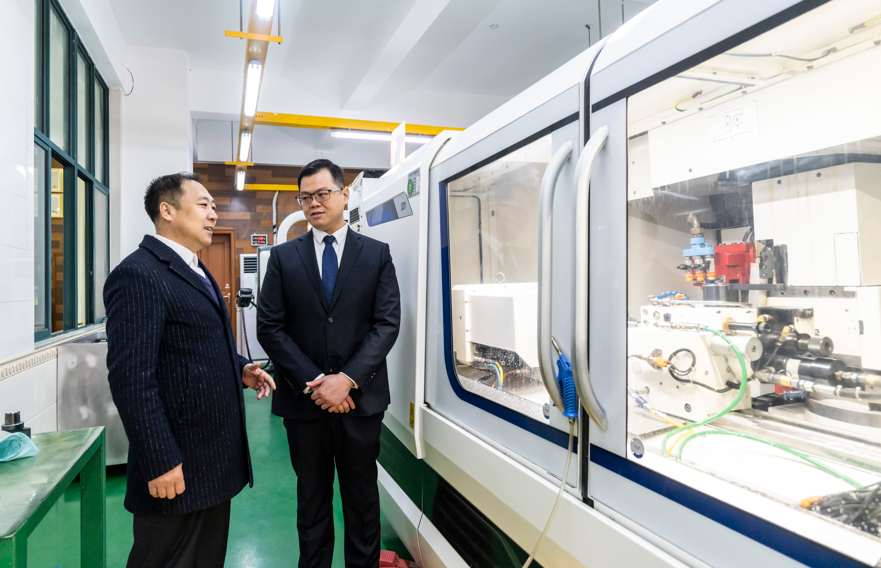










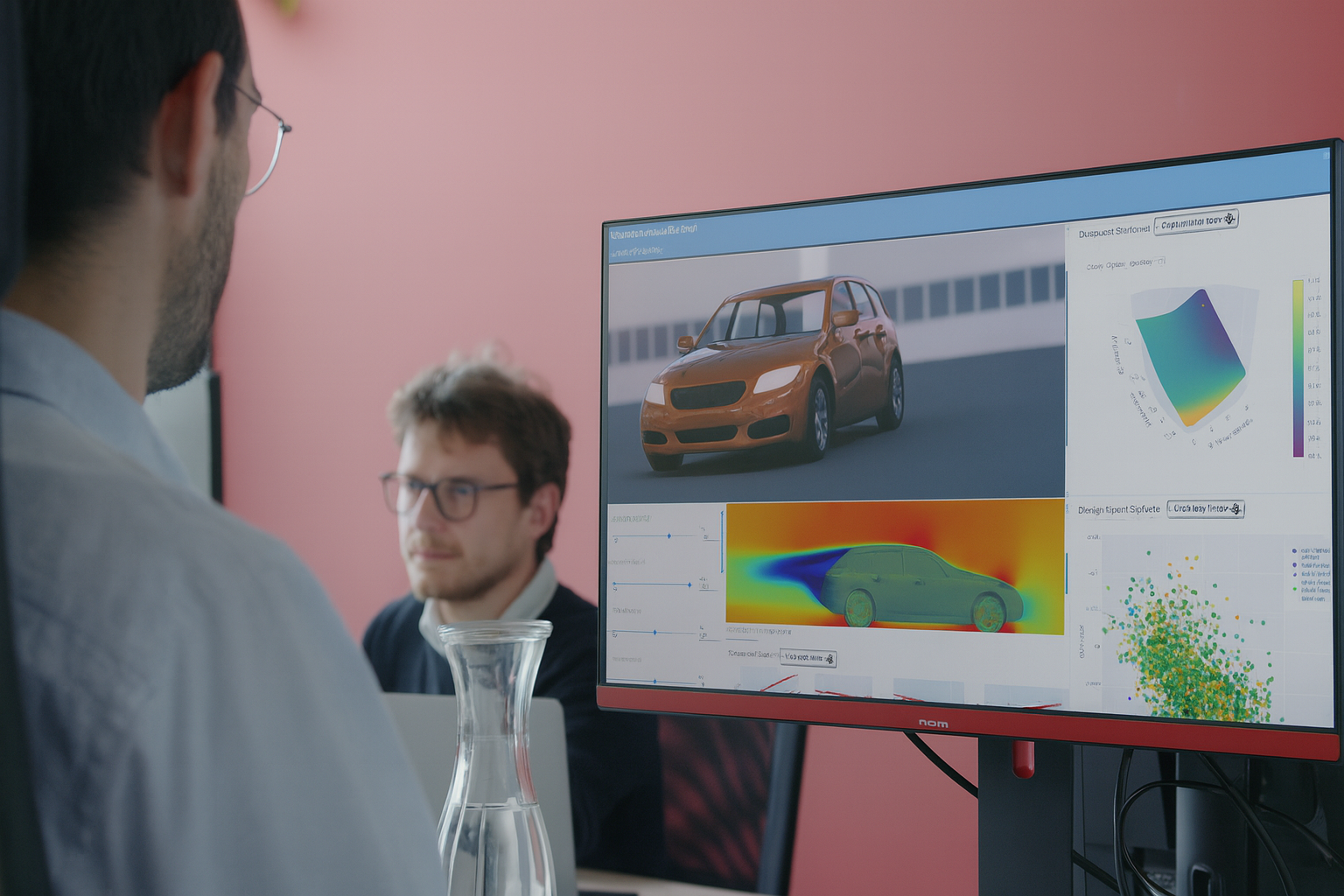


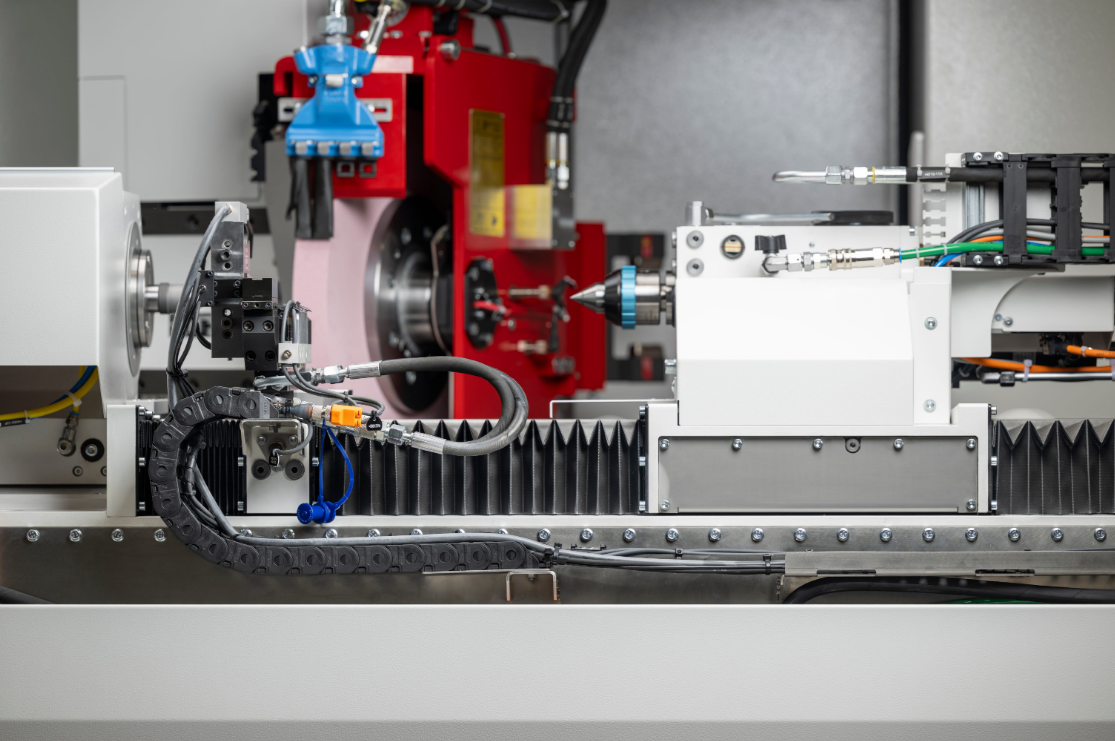


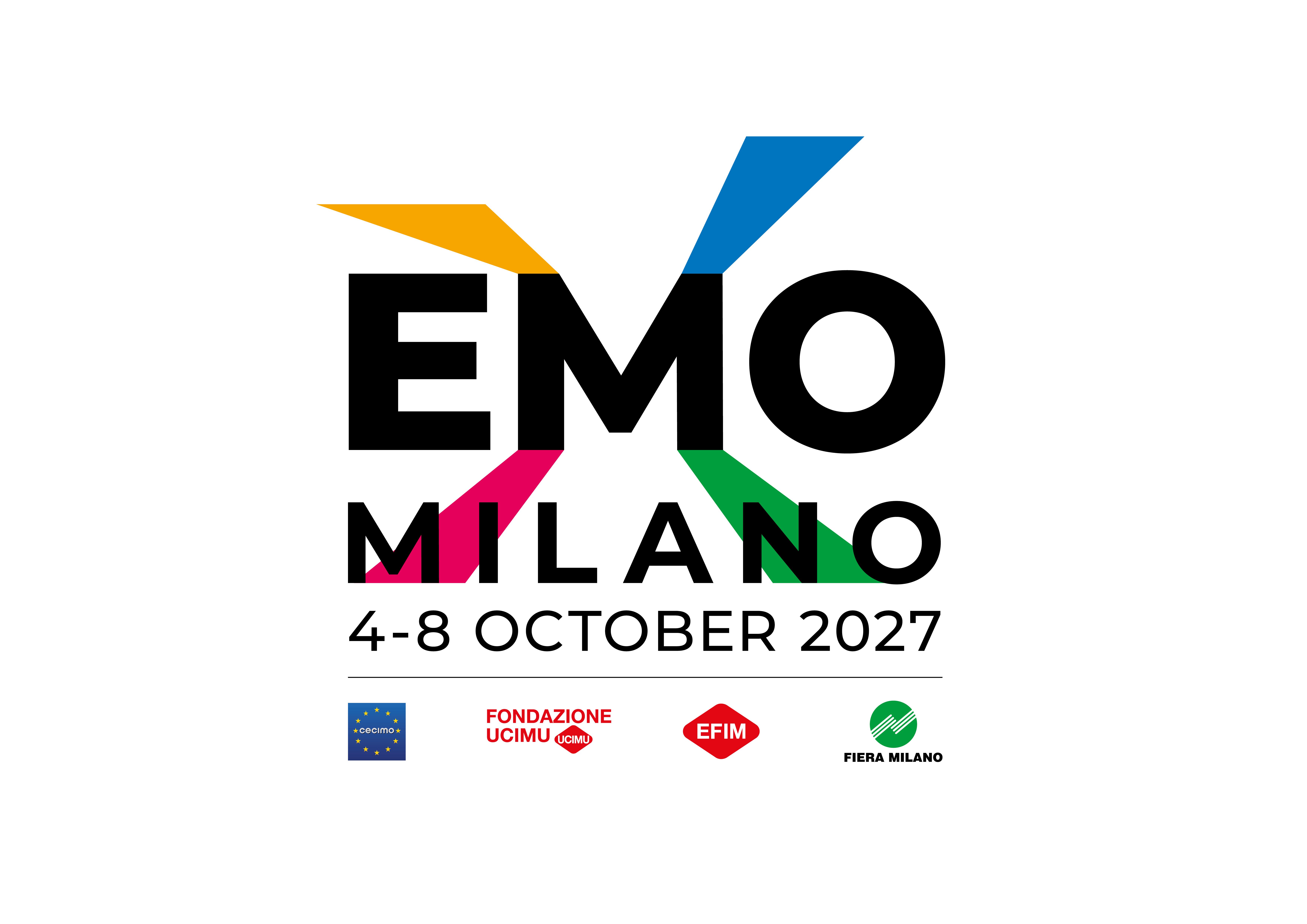



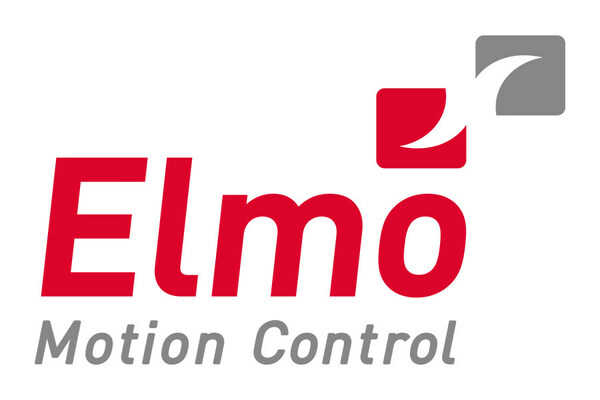
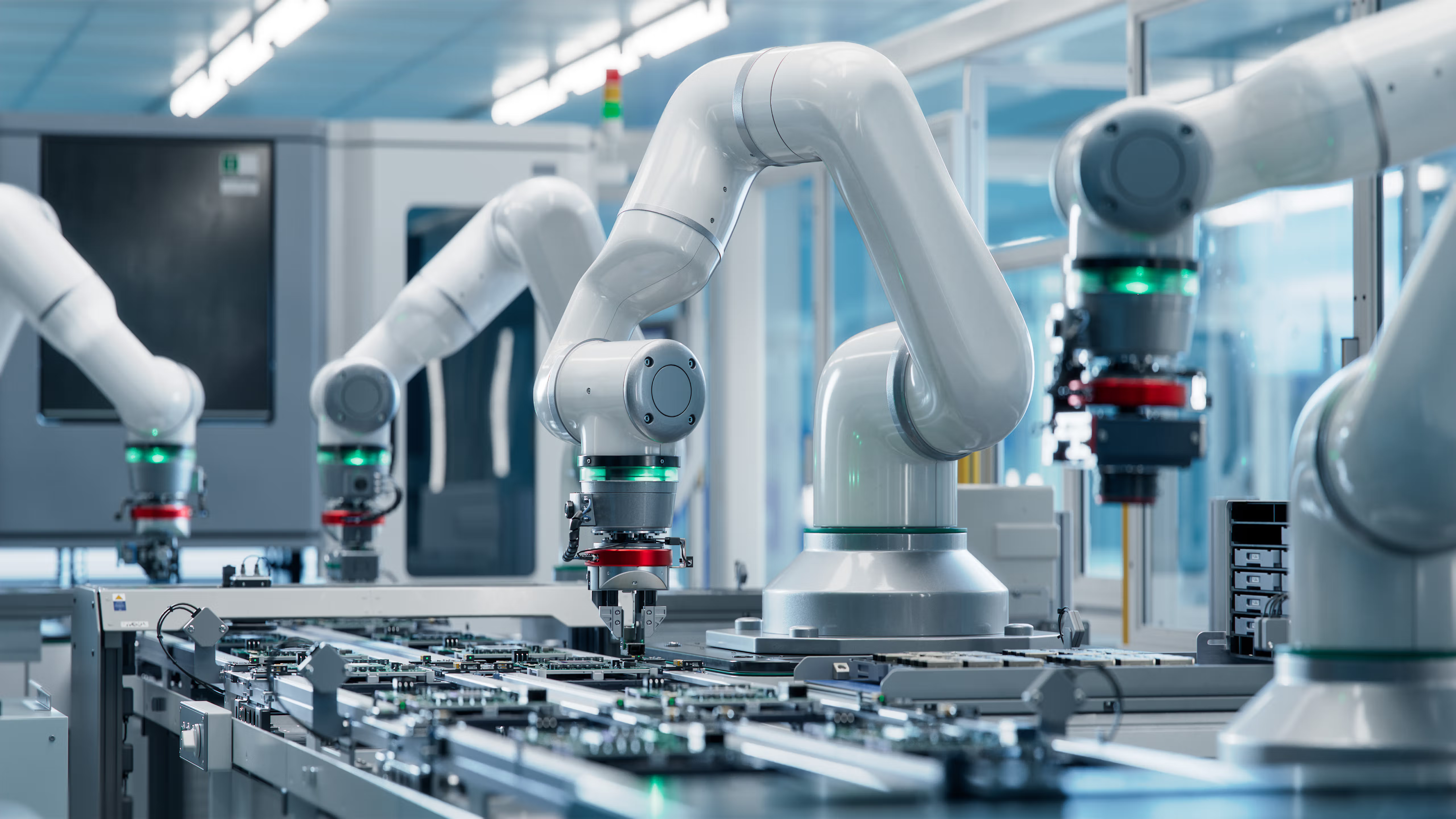

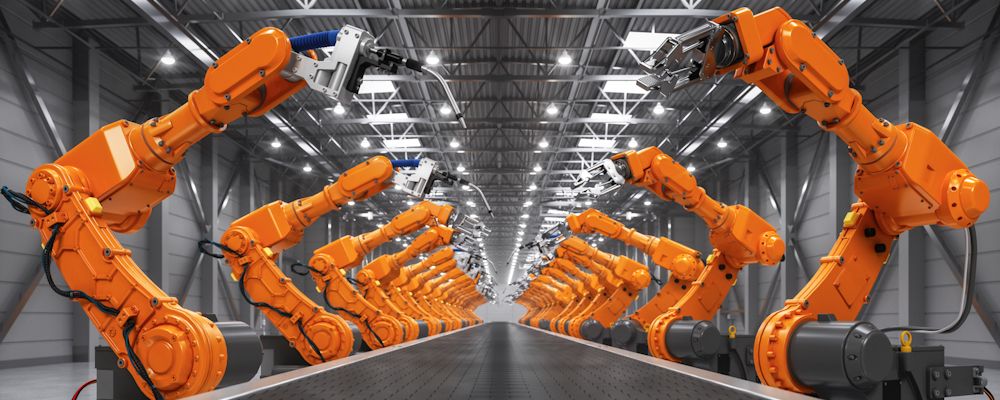




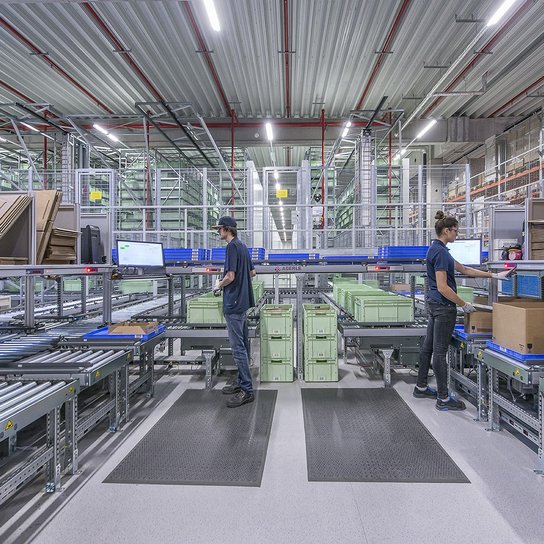



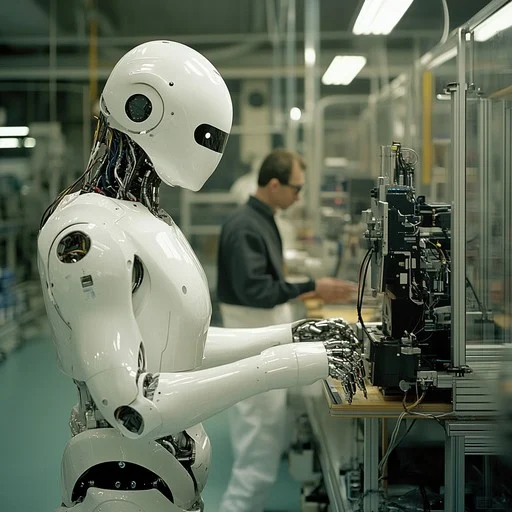
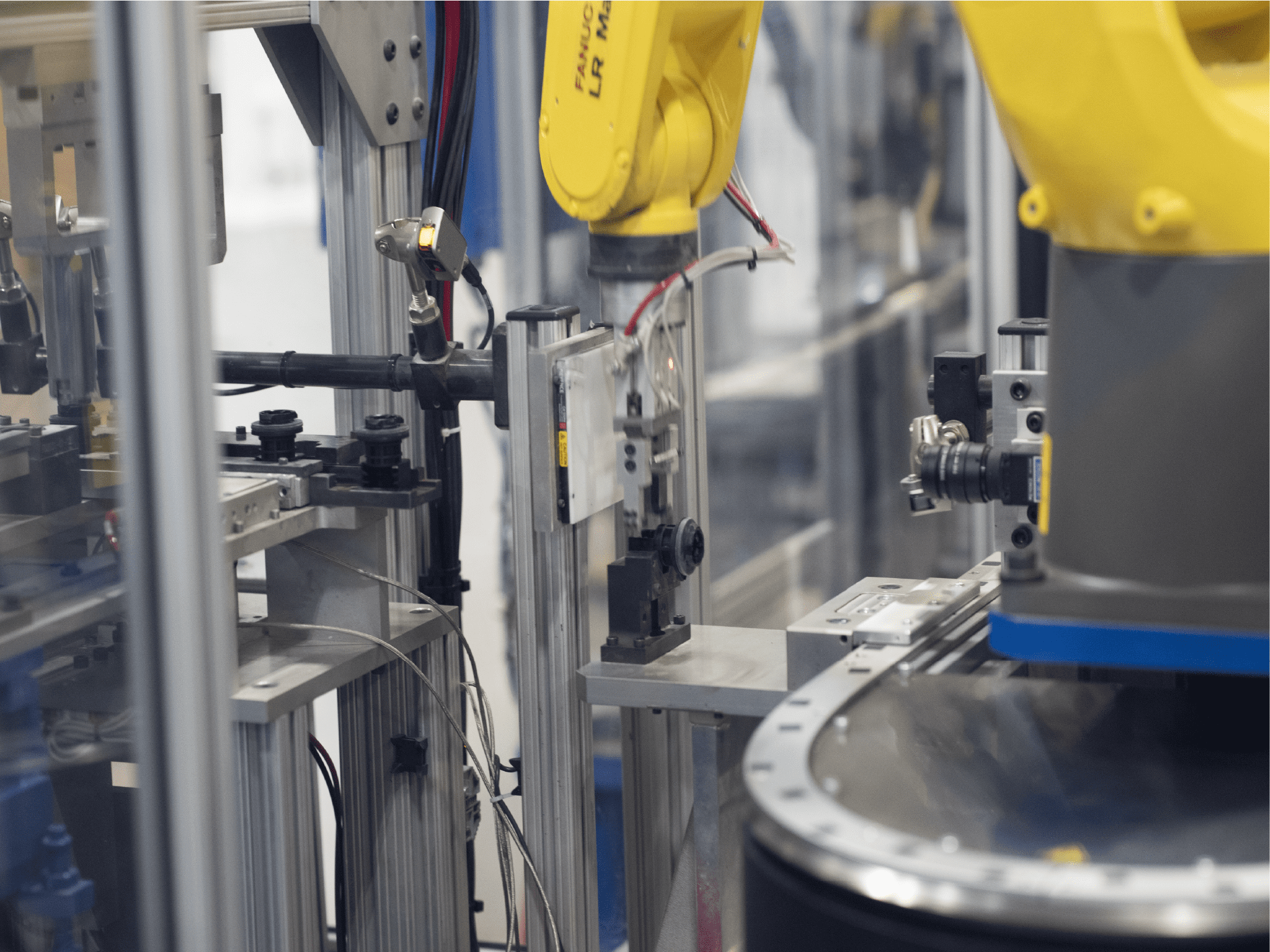
.webp)






























.png)





.png)





















